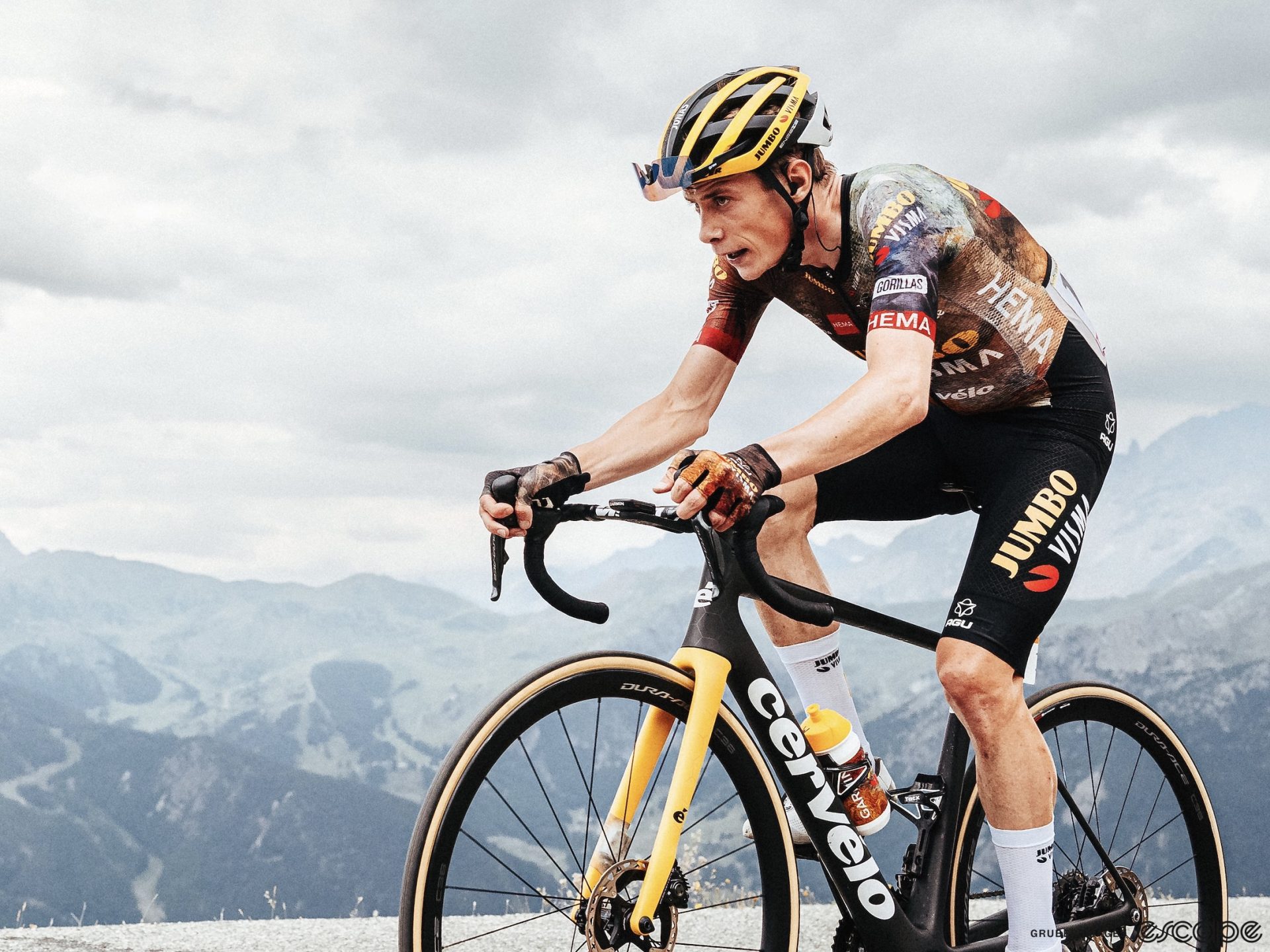Did we do a good job with this story?


The defending Tour de France champion has world-class talent and a killer instinct, but no one saw it growing up.
When he gets that faraway look in his eyes? Watch out. Photo © Gruber Images